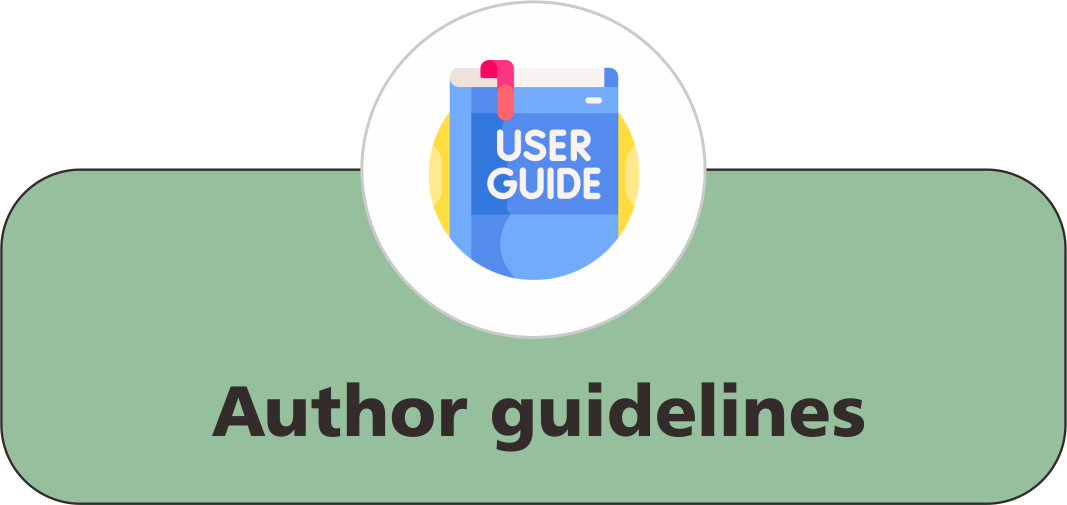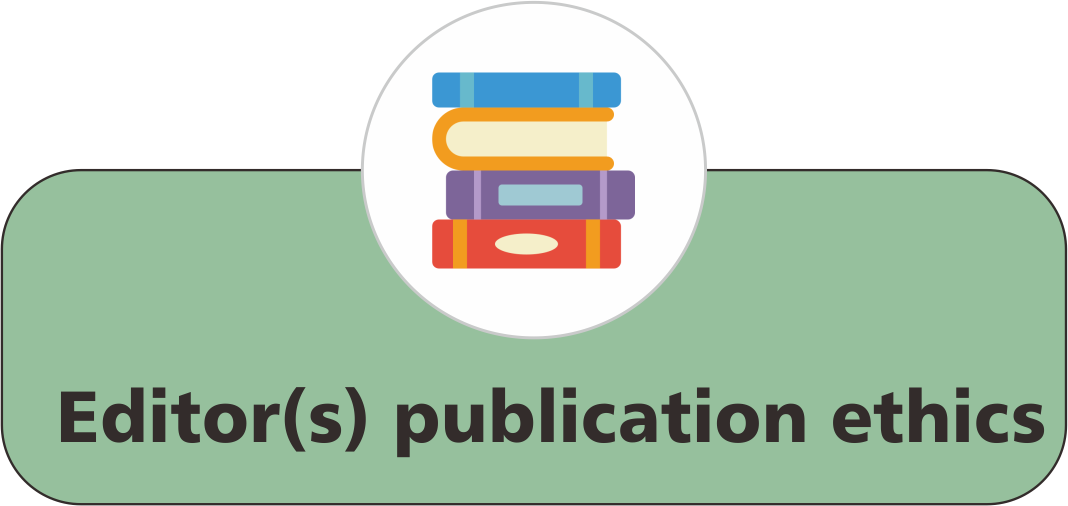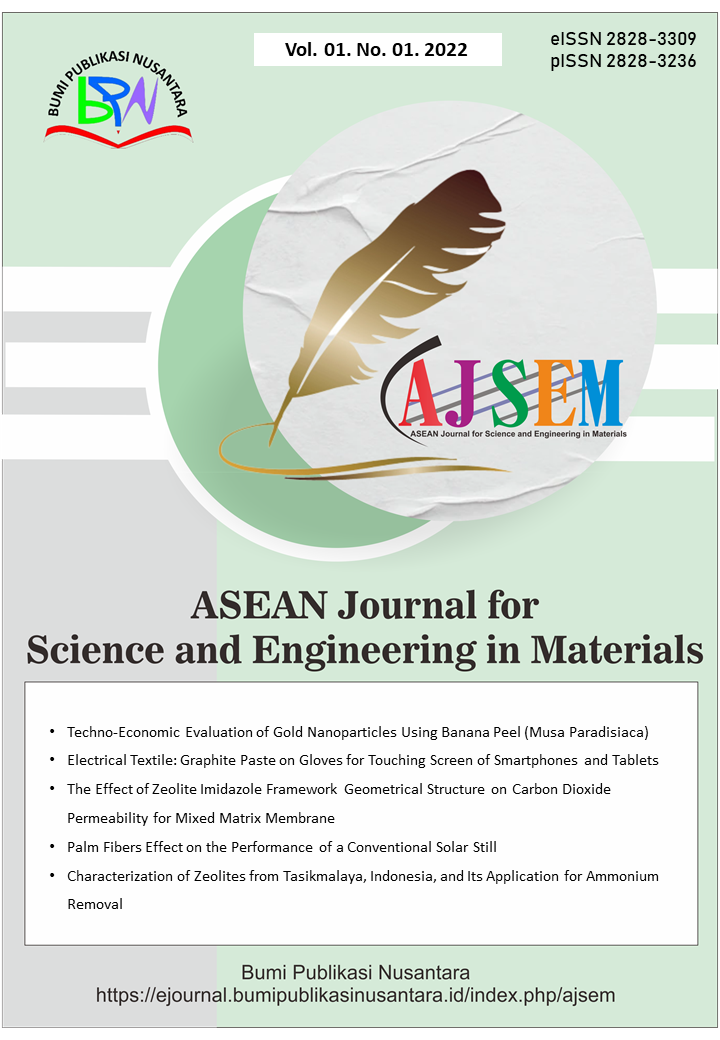Solvent Recovery from Industrial Paint Waste using Batch Distillation: The Effect of Temperature
 ), J. Jayanudin(2), Yeyen Maryani(3),
), J. Jayanudin(2), Yeyen Maryani(3),
(1) Sultan Ageng Tirtayasa University
(2) Sultan Ageng Tirtayasa University
(3) Sultan Ageng Tirtayasa University
 Corresponding Author
Corresponding Author
Abstract
Keywords
References
Albasthomi, Y., Sholikah, N. A., and Udyani, K. (2019). Pengolahan limbah cair industri cat dengan proses adsorpsi untuk menurunkan COD dan TSS. Seminar Nasional Sains Dan Teknologi Terapan, 1(3), 671–676.
Ezugbe, E. O., and Rathilal, S. (2020). Membrane technologies in wastewater treatment: A review. Membranes, 10(5), 89.
Jaime, J. A., Rodríguez, G., and Gil, I. D. (2018). Control of an Optimal Extractive Distillation Process with Mixed-Solvents as Separating Agent. Industrial and Engineering Chemistry Research, 57(29), 9615–9626.
Jorge, N., Amor, C., Teixeira, A. R., Marchão, L., Lucas, M. S., and Peres, J. A. (2022). Combination of coagulation-flocculation-decantation with sulfate radicals for agro-industrial wastewater treatment. Engineering Proceedings, 19(1), 4–8.
Mova Al'Afghani, M., and Paramita, D. (2018). Regulatory challenges in the phasing-out of persistent organic pollutants in Indonesia. International Chemical Regulatory and Law Review, 2018, 1-22.
Ordouei, M. H., & Elkamel, A. (2017). New composite sustainability indices for Cradle-to-Cradle process design: Case study on thinner recovery from waste paint in auto industries. Journal of Cleaner Production, 166, 253-262.
Retno Indarti, B. S. (2012). Pemanfaatan limbah pelarut organik. Fluida, 8, 7.
Sandoval-Martínez, M. I., and Muñoz-Navarro, S. F. (2019). Laboratory study of cyclic liquid solvent injection process for heavy oil recovery through computed tomography. DYNA (Colombia), 86(210), 81–90.
Zhang, Z., Chen, J., Gao, Y., Ao, Z., Li, G., An, T., Hu, Y., and Li, Y. (2018). A coupled technique to eliminate overall nonpolar and polar volatile organic compounds from paint production industry. Journal of Cleaner Production, 185, 266–274.
Zhao, B., Cui, Q., Song, R., Qiu, Y., and Liang, J. (2022). Decoupled knowledge distillation. Proceedings of the IEEE Computer Society Conference on Computer Vision and Pattern Recognition, 2022, 11943–11952.
Article Metrics
Abstract View : 337 times
: 337 times Download : 340 times
Download : 340 times
Refbacks
- There are currently no refbacks.
Copyright (c) 2024 Bumi Publikasi Nusantara

This work is licensed under a Creative Commons Attribution-ShareAlike 4.0 International License.









